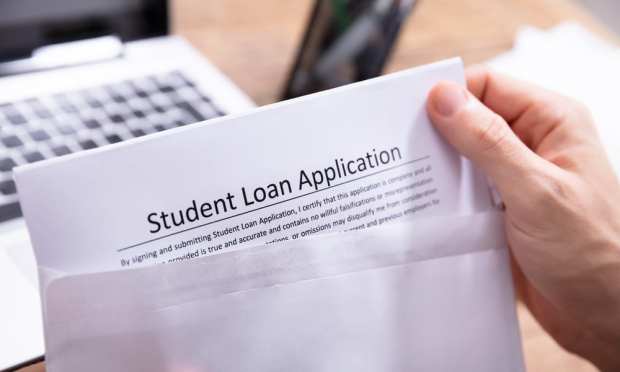Have We Seen The Bottom Of The Student Loan Delinquency Crisis?

Long before the advent of the COVID-19 epidemic and the litany of financial and economic disruptions brought in its wake, the student loan situation in the United States was already approaching a crisis point. While the amount of money owed on student loans did manage to decline a bit last year — from $1.49 trillion to $1.48 trillion in the quarter — the amount of that debt going delinquent ticked up.
On average, roughly a million borrowers fall into default on their student loans annually, and the Brookings Institution estimates that some 40 percent of borrowers will fall into default by the year 2023. Or at least that was what it estimated in 2018 — a 2020 update of those figures taking into account the tens of millions of Americans out of work, shutdown economy and the general uncertainty about when recovery will begin in earnest, and what that recovery will look like would likely increase that figure.
Particularly, it seems those borrowers whose loans are owed to private institutions.
Because when Congress passed the CARES Act in late March, it did remember those who owe debt on their education. Under the law, those with student loans are entitled to a six-month suspension of their payments, interest-free. But there is a catch: that protection is only promised to those students whose loans are held or owned by the federal government.
A restriction, it turns out, that has caused some complications. For example, roughly 43 million Americans have received education funding via the federal student-loan program, which might incline one to assume that all 43 million would be eligible for this relief program. But, according to Wall Street Journal reports, the phrasing of the law as is excludes about 7 million of those borrowers because their loans are technically held by banks, credit unions or other private entities. Those loans are an echo of a guaranteed loan program Congress ended in 2010, that oddly excluded slice of loans is worth roughly $170 billion out of the almost $1.5 trillion in all federal student debt.
And, notably, the students themselves, who are now excluded, never chose these loans. Universities opted in or out — and students simply had no choice but to abide by their school’s choice.
“It’s very arbitrary,” Emily Nevill told The Journal. Nevill is a 36-year-old librarian whose $8,600 in federal loans are commercially owned, leaving her excluded from the program. At the same time, her husband has been able to take advantage of six months of suspended payments. Borrowers who find themselves falling into this unintended gap in the program can refinance their loans into a qualified federal offering — a fact that very few borrowers are aware of and one with costs. Most borrowers would face a higher interest rate and longer loan terms — on top of the fact that refinancing would shorten that relief window by a month.
Moreover, a report by former Consumer Financial Protection Bureau student loan ombudsman Seth Frotman, now of the student loan protection center, said the CARES Act also completely ignores the growing number of borrowers with purely privately held student loans.
That market, according to the report, has grown by over 70 percent over the last decade alone — outpacing the growth rates in the car, credit card and mortgage markets and hitting $130 billion as of this year. “These findings should be a wake-up call that the true scope of the student debt crisis is even worse than many realize and in the private student loan market, the most vulnerable borrowers are going to be the hardest hit.”
The law as it was written was a compromise between Democrats advocating to simply reduce every federal borrower balance by $10,000 and Republicans pushing to simply pause payments but not interest. The eventual compromise measure — a six-month pause, interest-free — was then pushed quickly to the package and passage. That is easy on the loans owned directly by the federal government, but the bank-owned loans would take time to come up with compensation agreements. In the name of expediency, the government pushed forward.
The private loans are less able to be controlled directly by regulatory action, though notably private lenders have worked with state officials in California and elsewhere to create forbearance agreements that allow customers to press pause on payments for 90 days without penalty.
“I want to just applaud those … servicers for their willingness to step up and help support those that are struggling to pay their student loan debts,” California Governor Gavin Newsom said at his daily news conference last week.
And it may still be the case that relief could come for those holding loans not yet eligible under the CARES ACT. Reports indicate that there is increasing momentum in Congress — as complaints from ineligible constituents unable to make their loan payments have been pouring in over the last few weeks — to expand the aid package to include federal loans held by private lenders. Democrats have pushed more vocally for the change, though GOP aides indicate there is support for that tweak on the other side.
